
IBM Lays Its GenAI Foundation With Software And Services
When you are International Business Machines and you do corporate IT deals in 185 countries around the world, political and economic uncertainty is always a problem. …

When you are International Business Machines and you do corporate IT deals in 185 countries around the world, political and economic uncertainty is always a problem. …
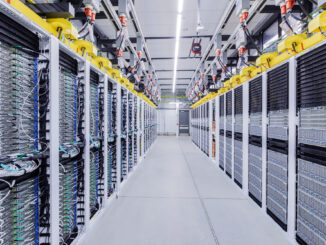
As Moore’s law continues to slow, delivering more powerful HPC and AI clusters means building larger, more power hungry facilities. …
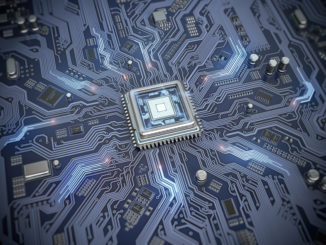
The Barcelona Supercomputing Center has launched the European Laboratory for Open Computer Architecture (LOCA), a five-year effort aimed at developing energy efficient, high performance computing chips based on open architectures. …

High performance computing is a hot field, and not just in the sense that it gets a lot of attention. …
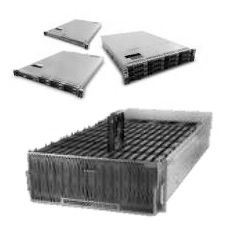
If you happen to believe that spending on core IT infrastructure is a leading indicator of the robustness of national economies and the global one that is stitched, somewhat piecemeal like a patchwork quilt. …
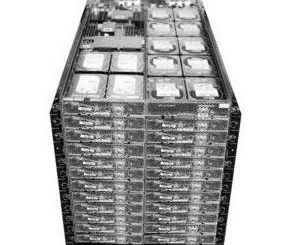
One of the reasons why Dell spent $60 billion on the EMC-VMware conglomerate was to become the top supplier of infrastructure in the corporate datacenter. …

We can talk about storage and networking as much as we want, and about how the gravity of data bends infrastructure to its needs, but the server – or a collection of them loosely or tightly coupled – is still the real center of the datacenter. …
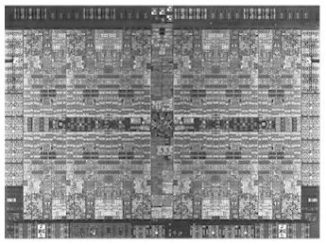
The cadence of server processor launches by the remaining companies that still etch their chips has slowed in recent years, starting first with the low-volume players like IBM, Oracle, and Fujitsu and now possibly spreading to Intel with its Xeon line and already baked in with its Xeon Phi line with a roughly three year span between generations. …
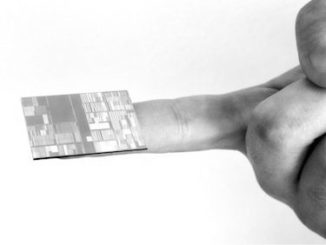
Hot on the heels of the closing of the deal that divests its semiconductor business and places it in the hands of Globalfoundries, the former chip making business of AMD that is controlled by the government of Abu Dhabi, IBM and its academic and chip industry partners have announced that they have successfully etched chips with transistors that are 7 nanometers in size – significantly smaller than current processes and extending the Moore’s Law curve one more step. …
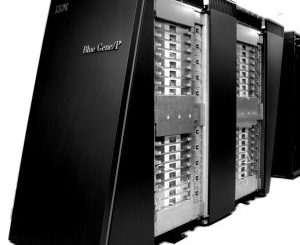
When one looks at major milestones in supercomputer history, one of the relatively recently markers rests with IBM, which began work its work to create a massively parallel system for protein folding research. …
All Content Copyright The Next Platform